Navaneethkrishnan B
Learning to Navigate Autonomously in Outdoor Environments : MAVNet
Sep 02, 2018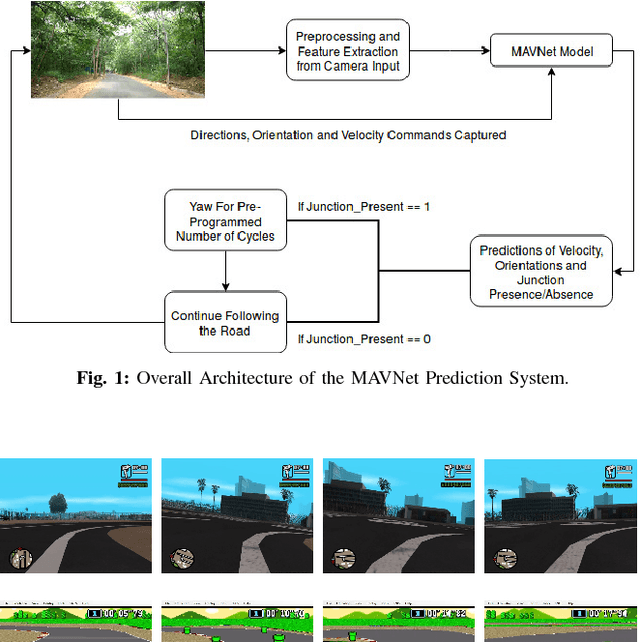
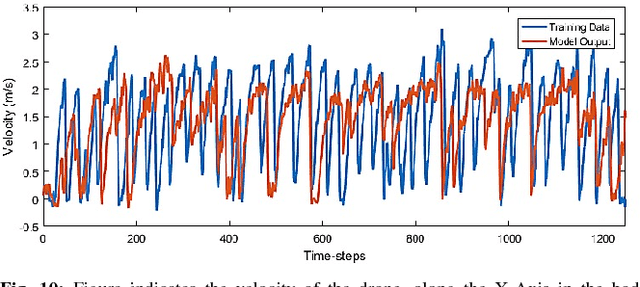
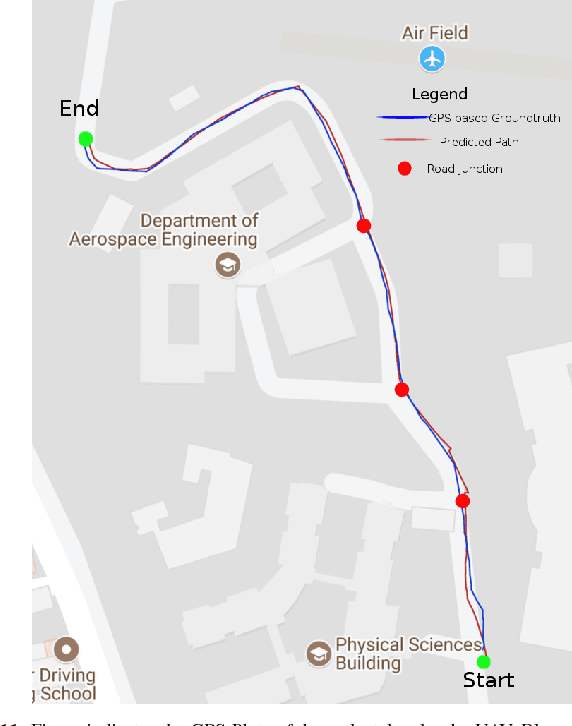
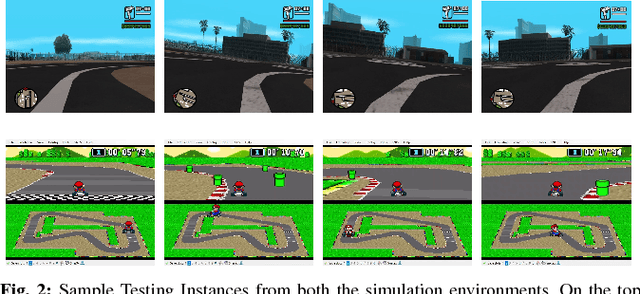
Abstract:In the modern era of automation and robotics, autonomous vehicles are currently the focus of academic and industrial research. With the ever increasing number of unmanned aerial vehicles getting involved in activities in the civilian and commercial domain, there is an increased need for autonomy in these systems too. Due to guidelines set by the governments regarding the operation ceiling of civil drones, road-tracking based navigation is garnering interest . In an attempt to achieve the above mentioned tasks, we propose an imitation learning based, data-driven solution to UAV autonomy for navigating through city streets by learning to fly by imitating an expert pilot. Derived from the classic image classification algorithms, our classifier has been constructed in the form of a fast 39-layered Inception model, that evaluates the presence of roads using the tomographic reconstructions of the input frames. Based on the Inception-v3 architecture, our system performs better in terms of processing complexity and accuracy than many existing models for imitation learning. The data used for training the system has been captured from the drone, by flying it in and around urban and semi-urban streets, by experts having at least 6-8 years of flying experience. Permissions were taken from required authorities who made sure that minimal risk (to pedestrians) is involved in the data collection process. With the extensive amount of drone data that we collected, we have been able to navigate successfully through roads without crashing or overshooting, with an accuracy of 98.44%. The computational efficiency of MAVNet enables the drone to fly at high speeds of upto 6m/sec. We present the same results in this research and compare them with other state-of-the-art methods of vision and learning based navigation.
State-Space Identification of Unmanned Helicopter Dynamics using Invasive Weed Optimization Algorithm on Flight Data
Sep 02, 2018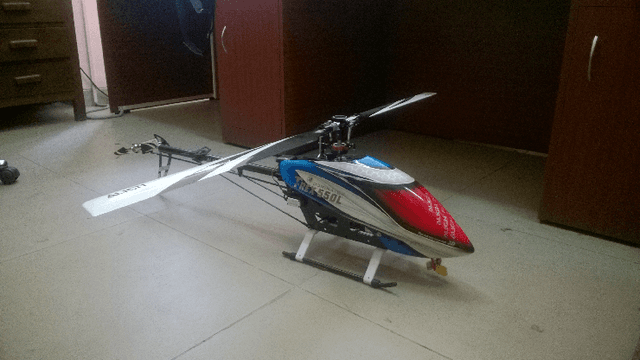
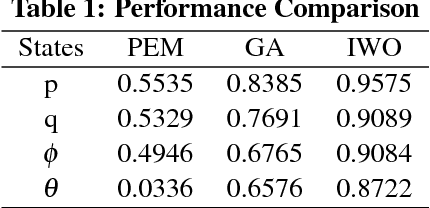
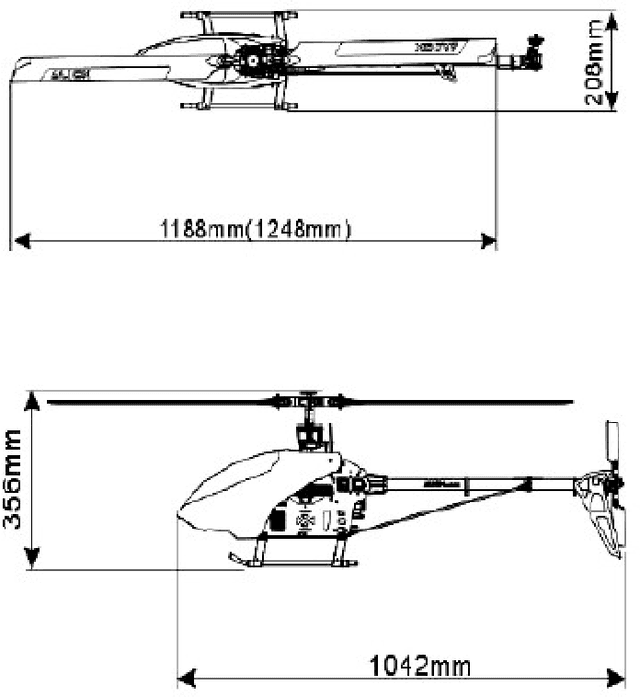
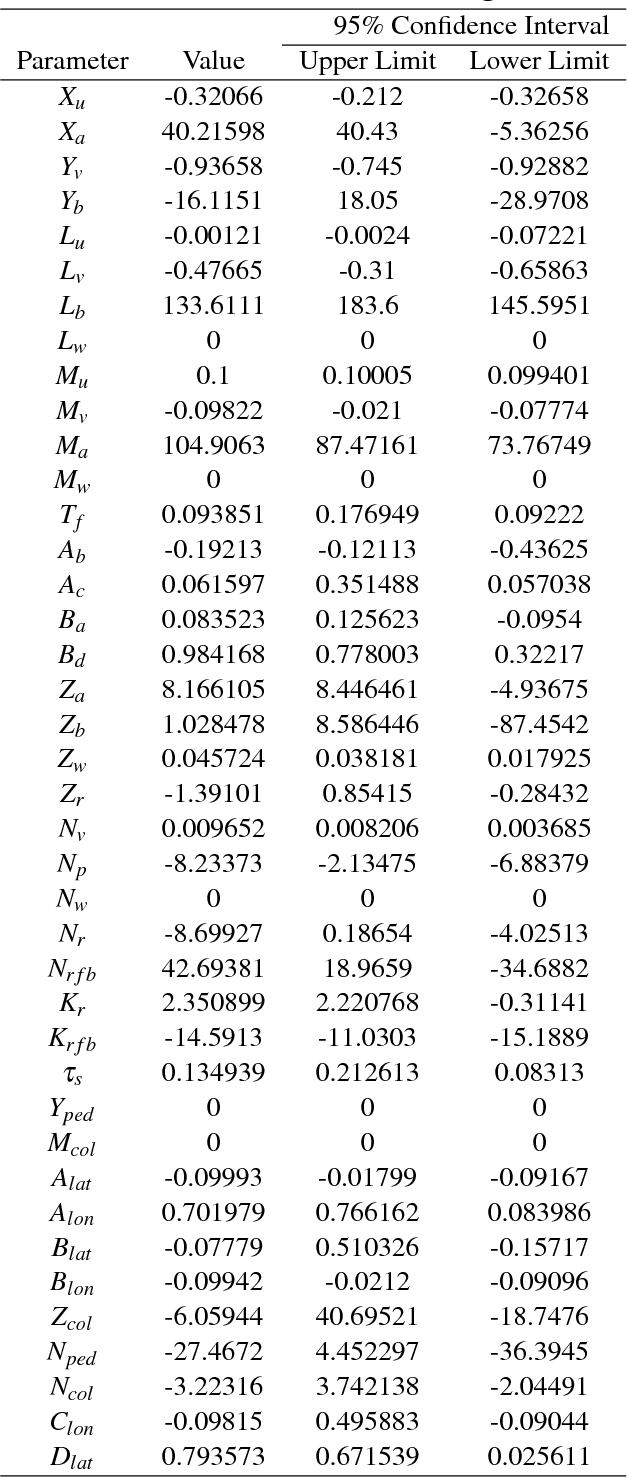
Abstract:In order to achieve a good level of autonomy in unmanned helicopters, an accurate replication of vehicle dynamics is required, which is achievable through precise mathematical modeling. This paper aims to identify a parametric state-space system for an unmanned helicopter to a good level of accuracy using Invasive Weed Optimization (IWO) algorithm. The flight data of Align TREX 550 flybarless helicopter is used in the identification process. The rigid-body dynamics of the helicopter is modeled in a state-space form that has 40 parameters, which serve as control variables for the IWO algorithm. The results after 1000 iterations were compared with the traditionally used Prediction Error Minimization (PEM) method and also with Genetic Algorithm (GA), which serve as references. Results show a better level of correlation between the actual and estimated responses of the system identified using IWO to that of PEM and GA.
JuncNet: A Deep Neural Network for Road Junction Disambiguation for Autonomous Vehicles
Aug 31, 2018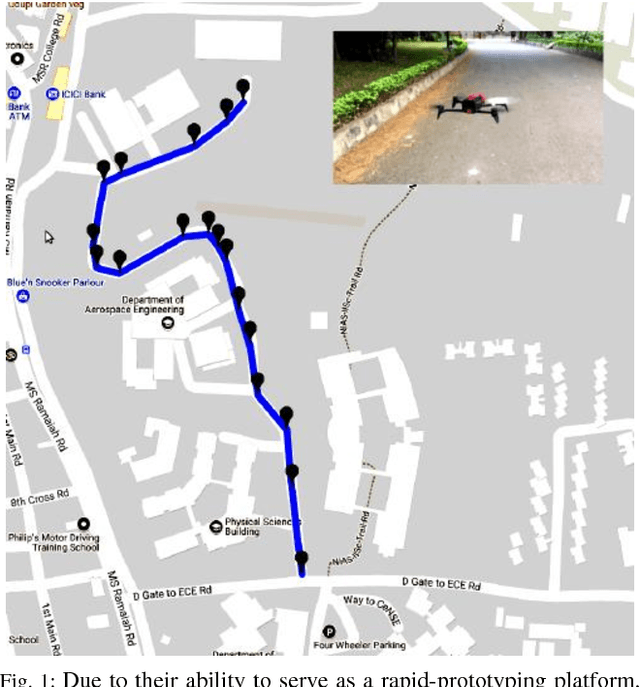
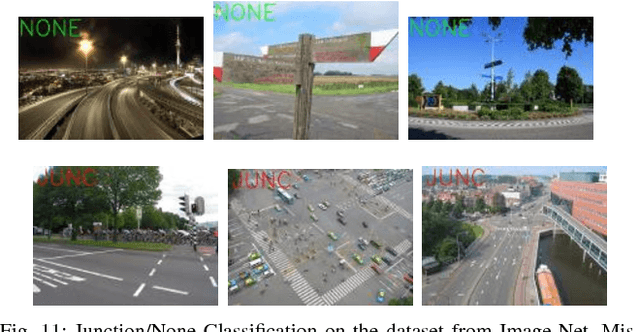
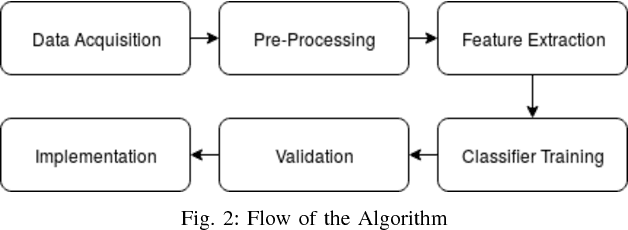
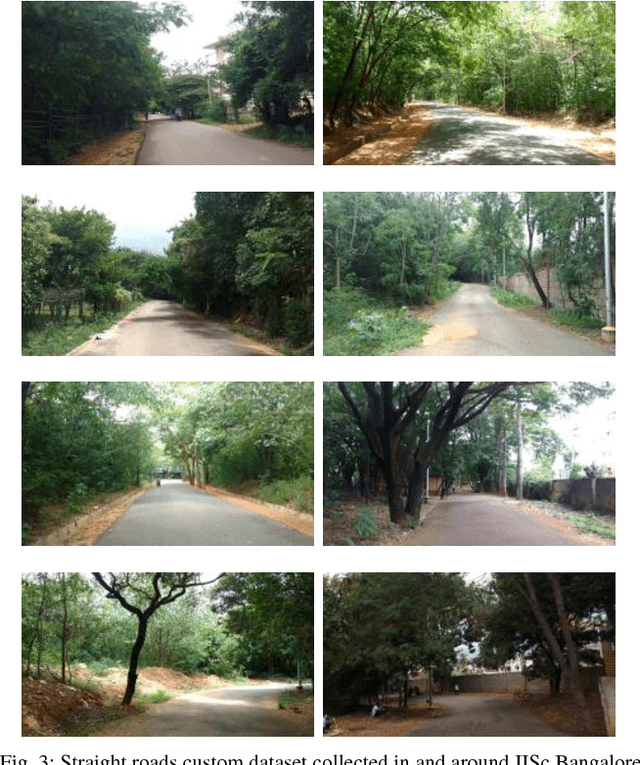
Abstract:With a great amount of research going on in the field of autonomous vehicles or self-driving cars, there has been considerable progress in road detection and tracking algorithms. Most of these algorithms use GPS to handle road junctions and its subsequent decisions. However, there are places in the urban environment where it becomes difficult to get GPS fixes which render the junction decision handling erroneous or possibly risky. Vision-based junction detection, however, does not have such problems. This paper proposes a novel deep convolutional neural network architecture for disambiguation of junctions from roads with a high degree of accuracy. This network is benchmarked against other well known classifying network architectures like AlexNet and VGGnet. Further, we discuss a potential road navigation methodology which uses the proposed network model. We conclude by performing an experimental validation of the trained network and the navigational method on the roads of the Indian Institute of Science (IISc).
 Add to Chrome
Add to Chrome Add to Firefox
Add to Firefox Add to Edge
Add to Edge